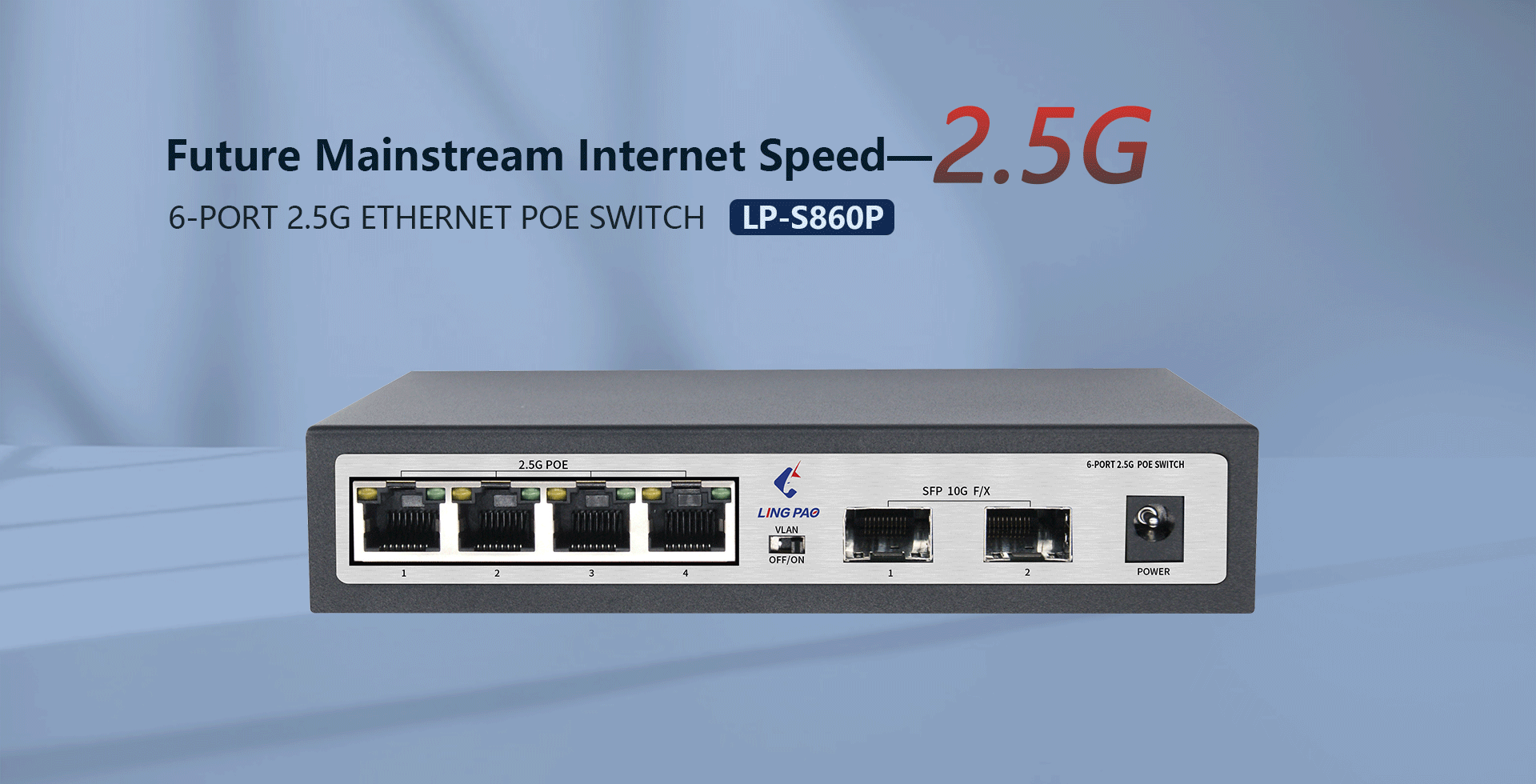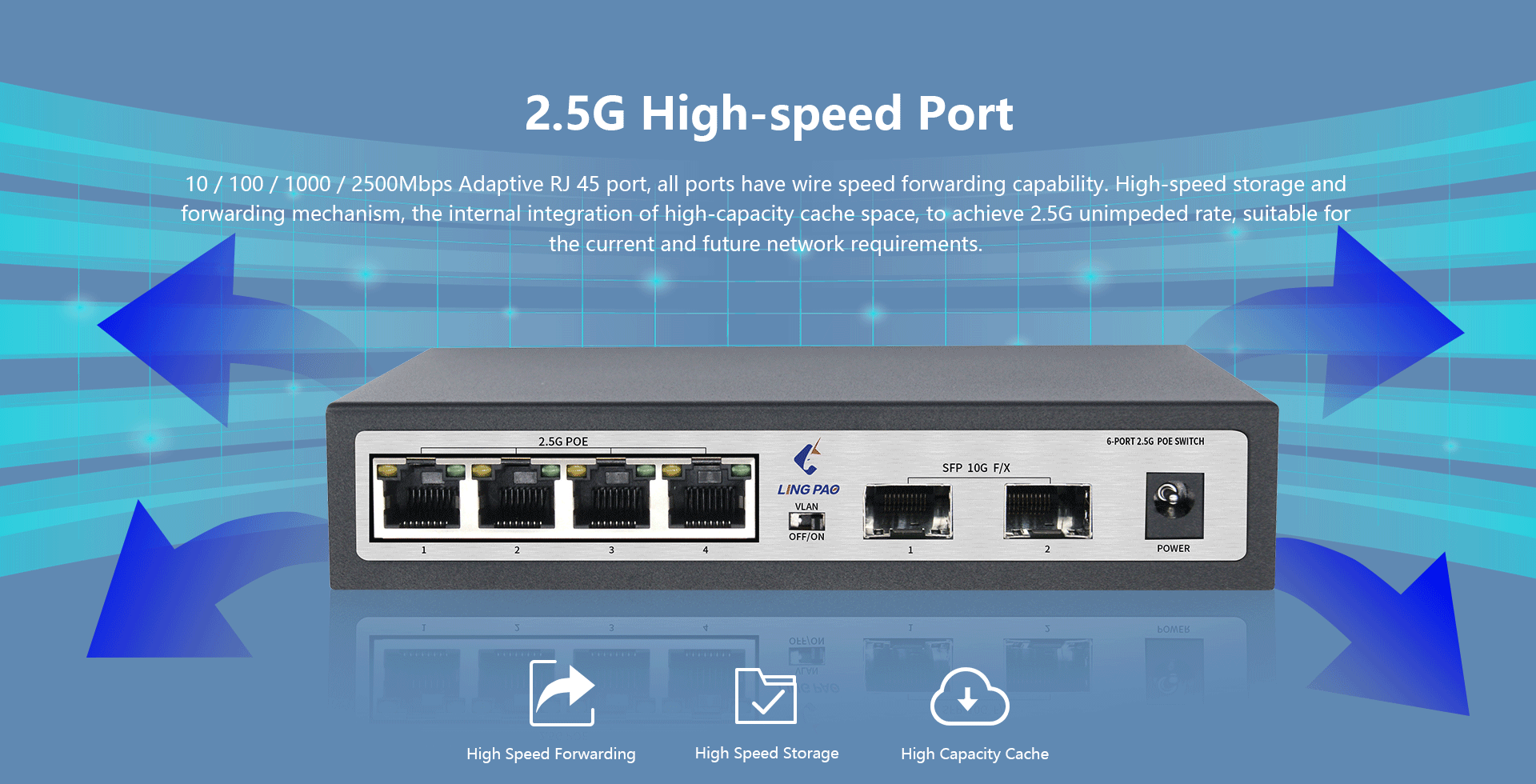Exploring the Fundamentals of 2.5G Switching Technology: What You Need to Know
2.5G switching technology is a crucial aspect of modern networking that is responsible for managing the flow and direction of data packets within a network. It is an essential part of the internet, telecommunications, and other communication networks, ensuring seamless data communication among devices and networks.
To understand the fundamentals of 2.5G switching technology, it is necessary to first learn about its definition, purpose, and importance in today’s digital landscape. In simple terms, 2.5G switching technology refers to any networking hardware or software that is responsible for transferring data between devices, regardless of whether they are physically connected or not.
The purpose of 2.5G switching technology is to enable data packets to reach their intended destination without delays, errors, or duplication. It does this by directing the flow of data through the most efficient route in a network, optimizing performance, and minimizing congestion. This technology also ensures that data is delivered securely and reliably through the use of various protocols and encryption methods.
One of the primary benefits of 2.5G switching technology is its ability to handle data traffic from different sources and protocols simultaneously. This includes both wired and wireless connections, making it a crucial component of the modern internet and the ever-growing Internet of Things (IoT). Whether it is streaming high-definition content, video conferencing, or browsing the web, 2.5G switching technology ensures a smooth and uninterrupted experience for users.
Now that we have established the basics of 2.5G switching technology, let us delve into its key components and how they work together to deliver efficient and reliable data communication.
Switches: Switches are the fundamental building blocks of 2.5G switching technology. They form the core of a network, connecting various devices and allowing them to communicate with each other. Switches work by receiving data packets and determining the most efficient path to forward them to their destination. They also have the capability to filter, segment and manage data traffic, preventing congestion and optimizing performance.
VLANs: Virtual Local Area Networks (VLANs) are a key feature of 2.5G switching technology that allows for the segmentation and isolation of network traffic. This is especially useful in larger networks where different departments or groups need their own separate data pathways. VLANs enable the efficient utilization of network resources and enhance security by keeping sensitive data separate from others.
Redundancy: Redundancy is a crucial aspect of 2.5G switching technology that ensures high availability and fault tolerance in a network. It involves having multiple switches and paths for data to travel, ensuring that if one switch or path fails, the network can still function seamlessly. This feature is especially important in critical networks such as data centers and financial institutions, where any downtime can lead to significant financial losses.
Quality of Service (QoS): QoS is an essential feature of 2.5G switching technology that enables the prioritization and management of data traffic based on its importance. This ensures that real-time data, such as voice and video, are given priority over other non-time-sensitive data, such as email or file transfers. This helps in maintaining a consistent level of service and a better overall user experience.
Backplane Bandwidth: The backplane bandwidth is the maximum amount of data that can be transferred between switches in a network at a given moment. It is an important consideration when choosing 2.5G switching technology as a network with more significant bandwidth can handle more data traffic without experiencing congestion or slowdowns. This is especially important in larger networks that require high-speed data transfers.
In conclusion, 2.5G switching technology is an essential aspect of modern networking that enables efficient and reliable data communication among devices and networks. It is responsible for managing data traffic, ensuring security, and optimizing performance in today’s digital landscape. Understanding its fundamentals and key components is crucial for anyone involved in networking, as it forms the backbone of the internet and our connected world.

Maximizing Network Performance with 2.5G Switches: Key Considerations for Businesses
In today’s digital landscape, network performance is crucial for businesses of all sizes. With the increasing amount of data being transferred and the demand for faster internet speeds, many companies are turning to 2.5G switches to maximize their network performance. These switches offer faster data transfer speeds and can significantly improve network efficiency. In this article, we will explore the key considerations for businesses looking to optimize their network performance with 2.5G switches.
What are 2.5G switches?
2.5G switches, also known as multi-gigabit switches, are network devices that offer data transfer speeds of up to 2.5 Gigabits per second (Gbps). This is a significant upgrade from the traditional Gigabit Ethernet switches, which provide data transfer speeds of 1 Gbps. With 2.5 times the speed, these switches can handle large amounts of data and improve network performance, especially for high-bandwidth applications.
Key considerations for businesses:
- Understanding your network infrastructure
Before implementing 2.5G switches, it is essential to understand your network infrastructure and the demands placed on it. This includes the number of devices connected, the data transfer requirements, and the network architecture. Having a clear understanding of your network’s capabilities and limitations will help you determine if 2.5G switches are the right fit for your business.
- Assessing the bandwidth needs
One of the main reasons why businesses opt for 2.5G switches is to improve network speed and bandwidth. However, it is crucial to assess your bandwidth needs to ensure that these switches offer a significant improvement. You should consider the type of data being transferred, the number of users accessing the network, and the applications being used. This will help you determine if upgrading to 2.5G switches is worth the investment.
- Hardware requirements
Upgrading to 2.5G switches requires hardware upgrades, including network interface cards (NICs) for devices that support these speeds. It is crucial to research and ensure that your current devices are compatible with 2.5G switches before making the switch. Additionally, you may need to upgrade your cabling infrastructure, as 2.5G switches require Category 5e or higher Ethernet cables for optimal performance.
- Power-over-Ethernet (PoE) support
Many 2.5G switches come with Power-over-Ethernet (PoE) support, meaning that they can power devices such as wireless access points, IP phones, and security cameras over the same Ethernet cable that transmits data. This eliminates the need for additional power sources, making for a more streamlined and cost-effective network setup. If your business has multiple devices that require PoE, consider investing in 2.5G switches with PoE support.
- Network security
Network security is a top concern for businesses, and upgrading to 2.5G switches should not compromise it. When selecting a 2.5G switch, make sure it has built-in security features such as access control lists (ACLs) and secure authentication protocols to protect your network from cyber threats.
- Scalability and future-proofing
Another key consideration when choosing 2.5G switches is scalability and future-proofing. As your business grows, so does your network’s needs. It is important to select switches that can support high bandwidth demands and accommodate future upgrades. Look for switches with expansion ports that allow for future scalability and can support higher speeds, such as 5G and 10G speeds.
- Total cost of ownership
While 2.5G switches offer significant benefits in terms of network performance, businesses must also consider the total cost of ownership. This includes the cost of the switches, installation, hardware and software upgrades, and ongoing maintenance. It is essential to evaluate your budget and determine if the benefits of 2.5G switches outweigh the initial and ongoing costs for your business.
as businesses continue to rely heavily on technology for their operations, network performance becomes a critical factor in their success. Upgrading to 2.5G switches can offer faster data transfer speeds, increased bandwidth, and improved efficiency, but it is crucial to consider the factors discussed above before making the switch. By understanding your network infrastructure, assessing your bandwidth needs, and considering factors such as hardware compatibility, security, and scalability, businesses can make an informed decision and maximize their network performance with 2.5G switches.

Building a Strong Network Foundation: The Role of 2.5G Switches in Modern Infrastructure
In today’s highly connected world, having a strong network foundation is crucial for the success of any organization. From small businesses to large corporations, all rely on their network infrastructure to support their daily operations. With the ever-increasing demand for higher bandwidth and faster data transmission, the role of 2.5G switches has become increasingly important in modern network infrastructure.
So, what exactly are 2.5G switches and how do they fit into the network ecosystem? A 2.5G switch is a type of network switch that operates at a speed of 2.5 Gigabits per second (Gbps). This lies between traditional Gigabit Ethernet (1G) and 10 Gigabit Ethernet (10G) speeds, making it a perfect stepping stone for organizations looking to upgrade their network without completely overhauling their existing infrastructure.
2.5G switches are designed to bridge the gap between 1G and 10G speeds by offering faster data transfer speeds while maintaining compatibility with existing equipment. This makes them an ideal solution for businesses that are looking to upgrade their network to handle the increasing demand for bandwidth without incurring the high costs associated with a complete network overhaul.
One of the main benefits of using 2.5G switches in modern network infrastructure is their ability to support the latest advancements in technology. With the rise of connected devices and the Internet of Things (IoT), the demand for higher bandwidth has never been greater. 2.5G switches have the capability to support these emerging technologies, allowing organizations to stay ahead of the curve and future-proof their network infrastructure.
Another advantage of 2.5G switches is their cost-effectiveness. As mentioned earlier, they offer a much more affordable alternative to upgrading to 10G speeds. This is especially beneficial for small and medium-sized businesses that may not have the budget for a complete network overhaul. With 2.5G switches, organizations can upgrade their network at a fraction of the cost, without sacrificing performance or compatibility.
In addition, 2.5G switches are also energy-efficient. With an increasing focus on sustainability and reducing energy consumption, these switches offer a more environmentally friendly option for organizations. They consume less power compared to 10G switches, which translates to lower energy costs and a smaller carbon footprint.
Moreover, 2.5G switches also offer greater flexibility and scalability. They have the ability to support more devices and offer higher bandwidth capacity than traditional 1G switches. This makes them an excellent choice for organizations that are looking to expand their network or accommodate a growing number of connected devices.
Furthermore, there is a wide range of 2.5G switch offerings available on the market, providing organizations with the flexibility to choose the one that best meets their specific needs. Some switches offer Power over Ethernet (PoE) capabilities, ensuring that devices such as wireless access points, security cameras, and VoIP phones receive both data and power from a single ethernet cable, simplifying network deployments.
To sum it up, 2.5G switches play a crucial role in modern network infrastructure, offering organizations a cost-effective and efficient solution for upgrading their network. With their ability to support the latest technologies, energy efficiency, flexibility, and scalability, they are a valuable addition to any organization’s network infrastructure.
As the demand for higher bandwidth and faster data transfer speeds continues to increase, the importance of 2.5G switches in modern infrastructure will only continue to grow. Organizations that invest in these switches will not only reap the immediate benefits but also position themselves for future technology advancements. So, whether you are looking to upgrade your network or prepare for the next wave of technological innovations, 2.5G switches are an essential component in building a strong network foundation.
